How to Get Accurate Setups Done Faster
Some call setup time unproductive time. While that may be true in a sense, misusing setup time has a real cost and is a drain to available spindle time. For the purposes of this article, when we talk setup, we mean every step of setting up a new job, from keeping things clean so you aren’t caught off guard while getting an urgent job set up to digital tools that make precise job setup faster.
Tool setup devices and accessories
You don’t need to prepare every setup by hand. Whether it’s cleaning or quickly and precisely securing a tool in a way that won’t damage holders, shanks or spindles, there are a lot of convenient accessories around the shop that can help.
Careful and precise tool handling outside of the spindle
Benchtop devices, like our Tool Pro series, adapt to different sizes and types of tool shanks to allow for clear vision, access and enhanced stability. They have a spring-loaded clamping pin that locks into the ATC V-groove to allow rotation while clamped to permit access to the taper end for replacing pullstud bolts. The Spin version permits changing multiple inserts on large face mills without removing it from the fixture. Other devices like the Tooling Mate and Kombi Grip make indexing cutting tools in collet, milling, and hydraulic chucks and other tool holder types simple and safe.
Get help choosing the right assembly device for you.
Thorough cleaning made simple and safe
Keeping the areas of contact between tooling and the spindle, the part and fixtures, clean and smooth is important to ongoing setup consistency and long-term durability. Some coolant buildup or a spare chip fragment are to be expected, but it doesn’t have to impact on how parts turn out. Tooling bore and taper cleaners safely and completely clear out any remnants from the holder, while spindle cleaners make it easy to reach and clean the entirety of any type of spindle. These cleaners not only preserve your capital investments, but also improve day-to-day performance.
The spindle, tool holder and program can be perfect, but if the part is not secure, any range of errors can result. Workholding chuck condition is becoming even more important in multi-axis machining where additional angles and motion can amplify problems. We recommend these simple accessories when using a zero-point clamping system like UNILOCK:
- Fitting plugs
- Flat-face sealed fittings
- Air blast chucks
- Chip knobs for protecting locating tapers
- Chip guards or dust covers
- Air filter/regulator/oiler assembly
Verifying and preserving spindle performance
Cleaning a machine spindle is one part of keeping machining performance at its best. There are other regular maintenance steps you can take to ensure faster, more accurate setups. Don’t worry, there are some simple pieces of equipment to help operators.
For verifying taper accuracy, the Dyna Contact ceramic gage is ideal for a visual check. The Dyna Test bar inserts into the taper and is used to check runout of the spindle. The Dyna Force measures retention force; don’t forget, the clamping mechanism in your spindle wears too, and if not properly maintained, part quality can suffer during several different machining operations.
Tightening toolholders without damaging them
It’s tempting to use a pipe on a spanner wrench handle and use the extra leverage to tighten tool holders. These cheater bars are appropriately named because they do make things easier, but aren’t necessarily the right approach. They make it almost impossible to achieve the right clamping torque without eventually damaging the nut and ultimately reducing tool life. A better approach is a smartly designed, dedicated wrench that requires less torque—and operator elbow grease.
Setting up jobs with presetters
There may be no single piece of equipment that’s more effective for speeding up accurate setups than tool presetters, especially when paired with the right workholding. Essentially, presetters take any setup and measuring that was done in the machine offline. John Saunders, host of CNC NYC on YouTube, stopped by our showroom and filmed a hands-on introduction to CNC presetters using our Speroni MAGIS.
Setting up tools away from the machine spindle allows for the spindle or lathe to stay spinning while tools are being setup. Not only that, but less room for human error means finishes and measurements are on spec the first time and there’s less scrap. That’s not to mention the Industry 4.0 possibilities that the data collection and tool monitoring capabilities unlock—from being able to track tools around the shop to scheduled maintenance and replacement ordering.
Unlock more efficiency with the right workholding
In addition to standardization, another way to amplify the power of a presetter is with the right workholding. If clamping isn’t precise, repeatable and fast, much of the offline setup work can go to waste. That said, there are four key things to consider when choosing workholding for faster setups:
- Part size. Are fixtures large enough to provide rigid holding, but not too big to restrict access?
- Part shape. Round or prismatic? Is underside clamping best?
- Production mix. How often and quickly are parts changed over?
- Operator interaction. Are changeovers automated or manual?
More efficient boring head setup
We’ve been on the forefront of boring tool advancements for decades. It’s a common operation that can be done a number of different ways, making setup decisions all the more important. Should you bore the hole or ream it? What are the pros and cons of balanced or stepped cutting? How many modular components can you use and still have an effective length-to-diameter ratio?
As always, a lot of it depends on the application, materials etc., but there are some guidelines we recommend that will help you make smart decisions. Meanwhile, technology is coming to the rescue in these often complex assemblies.
The digital boring revolution
Digital boring heads are taking the market by storm. Their on-tool digital readout makes it easy for operators to easily see and make extremely precise diameter adjustments in just about any situation. A corresponding mobile app allows you to lookup tool speeds and feeds on the spot. As exciting as that is, the next generation of digital boring heads is already on the way. These allow for more interactivity and remote control with the app for even faster setups and data mining.
You can find all kinds of fresh advice on everything from workholding to presetters on our blog or by signing up for our eNewsletter.
Did you find this interesting or helpful? Let us know what you think by adding your comments or questions below.






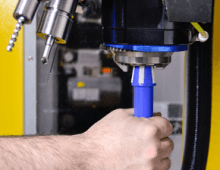
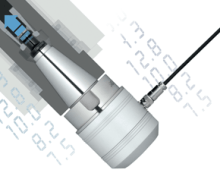
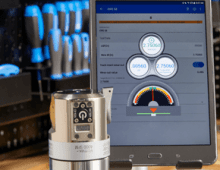
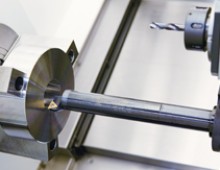
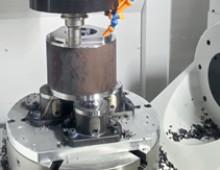
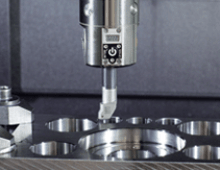
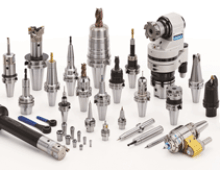
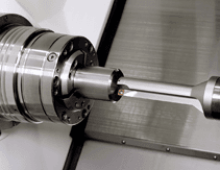
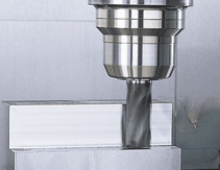
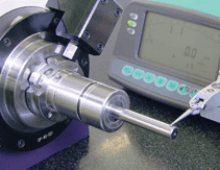
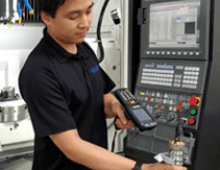
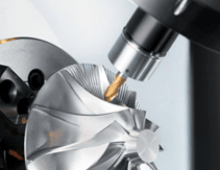
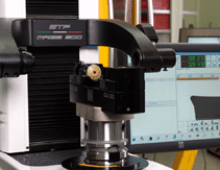
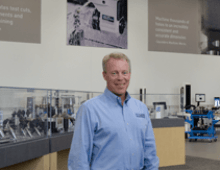
Add new comment